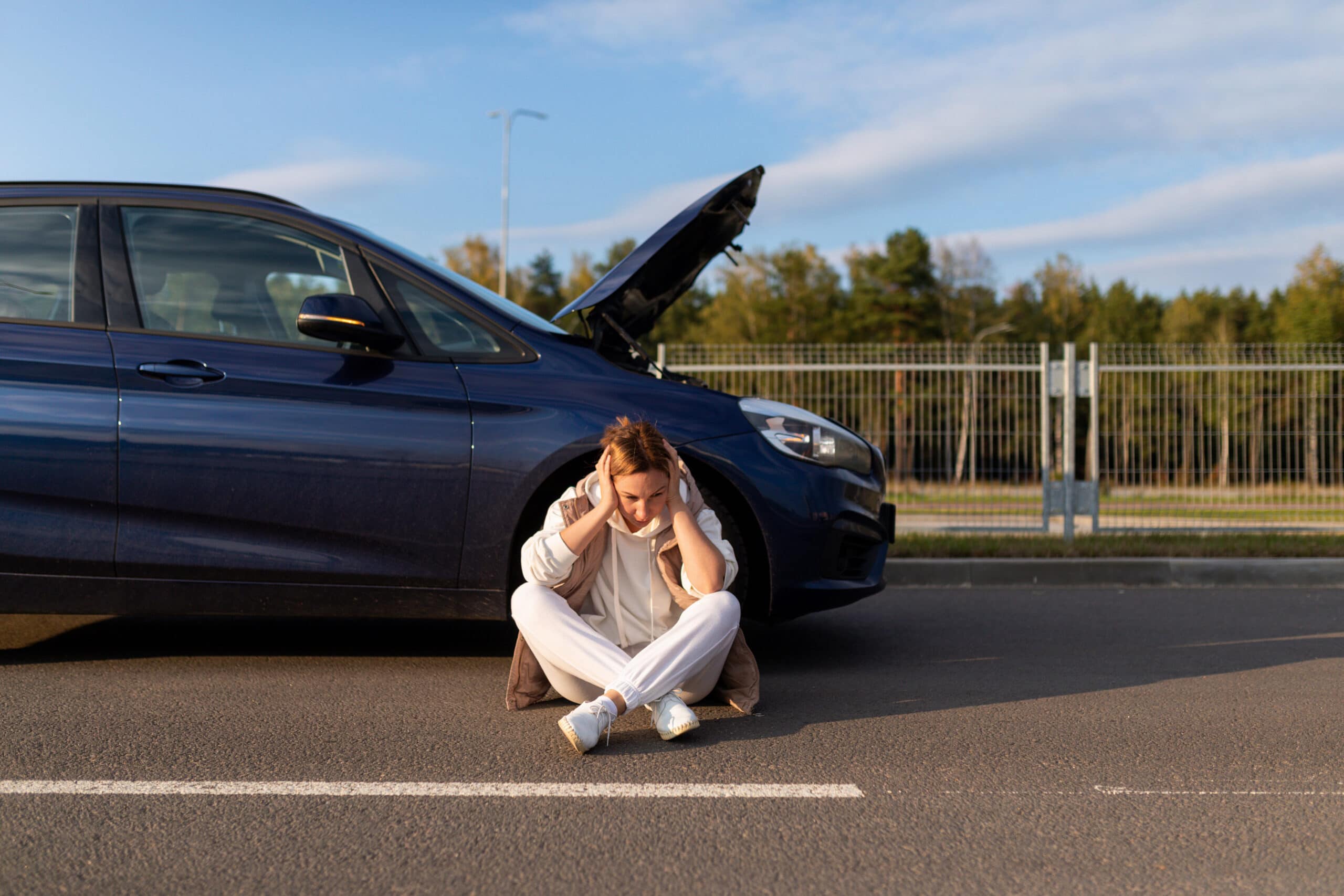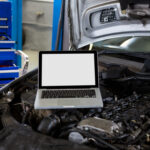Reasons and Solutions for Vehicle Stalling
Vehicle stalling occurs when a vehicle abruptly stops while in use. It causes us a mix of frustration and anxiousness, as we think about whether to call or not a wrecker.
Stalling happens due to three factors: fuel, air, and ignition.
Ignition refers to a spark. One of the most frequent causes of engine stalling is a lack of fuel, although dirty fuel injectors or a clogged fuel filter might also be to blame.
Your vehicle, too, requires air to function correctly. This air enters the engine via the air intake, which also helps clean the air before it enters the engine.
If one or more of these three factors is missing or does not occur at the appropriate time, your car will likely stall.
Reasons for vehicle stalling :-
1) The Fuel
Your car may stall due to the fuel system for one of three reasons: faulty fuel, insufficient fuel, or excessive fuel.
If you use faulty fuel, the combustion process in your car’s engine will be inefficient.
If your car’s fuel pump isn’t giving sufficient fuel to the engine, or if the air/fuel mixture is too lean, the engine won’t produce enough combustion in the power cycle to keep running and will stall.
If you fill your vehicle with the incorrect type of fuel, it will stall and frequently harm the engine.
2) Air Filter Problems
Just like fuel the engine also needs air. Without air, the vehicle simply will not run. Your car’s engine needs air to breathe and not having enough air will lead to vehicle stalling, therefore, a clean air filter is vital for a reliable and efficient running car.
In any case, if the engine does not receive an adequate air supply, it will consume an excessive amount of fuel. It runs too lean if the air supply is too much for the fuel supplied. Both conditions can cause the engine to stall. To run smoothly and efficiently, your car needs adequate airflow over the engine. If the air filter hasn’t been replaced in a long time, it’s limiting vital airflow.
3) Ignition
If you have a good fuel supply and an adequate air filter, examine the ignition switch. Ignition switches deteriorate over time.
When starting the engine, you can sometimes detect difficulties with the contacts by holding the key forward in the start position. The engine may catch in the start position, but then as soon as you release the key, it dies.
4) Your approach
When every component of the car is working properly, the problem may arise due to your approach; this is especially true when we begin driving as a newcomer. It is important to use your clutch and shift gears correctly. If you apply too little clutch or release the clutch too abruptly, it may lead to vehicle stalling. You can always improve your technique and tailor it to your unique car to shift gears smoothly.
Solutions for vehicle stalling :-
1. Relax
When the vehicle stops working all of a sudden, the first thing we do is panic. It is normal to feel anxiety but take a deep breath. Everything will be alright.
2. Turn on the hazard light
Park your car at the side of your road and switch on hazard lights which will indicate to others that you have a problem. You might even get some help.
3. Try to restart
Now when you are calm, try to restart your vehicle. It will take a few tries before it starts the vehicle.
4. Call a friend
Keep important mobile numbers in your vehicle and numbers of friends and relatives. Once you contact them, be ready to provide them with your exact location. Mile markers are the accepted norm.
To avoid vehicle stalling in the future try Jil Cat Proline, they have products that will help you to add life to your machine. Its operation life will be extended significantly, with consistent “like new” performance; it also helps to reduce the amount of energy or fuel required for typical equipment operation.



